General specifications are a local document of the enterprise. It regulates the key requirements for production processes, products. 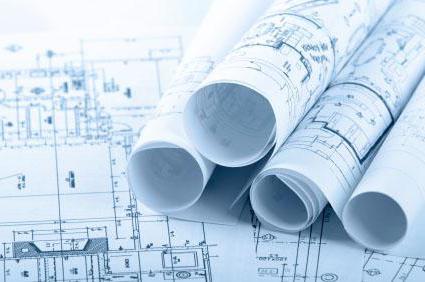
What data contains specifications?
The product that any manufacturing enterprise produces, the operations that are carried out during its manufacture must comply with certain standards. The products are subject to requirements for characteristics and parameters, packaging, labeling, safety, completeness. All these standards contain GOST. General technical conditions may determine control methods, rules for acceptance, storage and transportation, operation, warranty service. In addition, descriptions of procedures may be included in the regulatory document by which it can be determined whether standards and norms are being followed.
Control methods
Specifications contain various sections. One of them is a block in which control methods are indicated. These include:
- The ways in which the main characteristics and parameters of the product are determined.
- Rules in accordance with which sampling and sampling, selection of reagents and materials, equipment for production or maintenance are carried out.
- The methodology for the preparation and implementation of analyzes, tests, measurements.
- Methods of processing the received data.
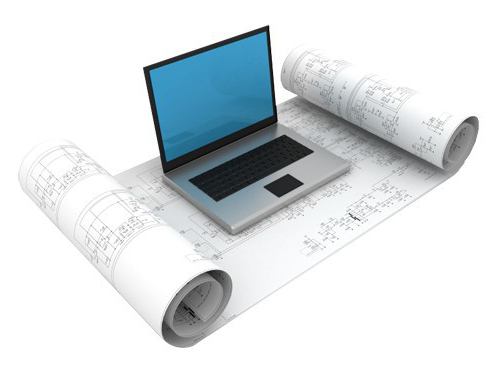
The technical condition of work contains standards for labor safety, equipment operation and so on. The regulatory document also defines the rules for conducting periodic, qualification, acceptance tests at the manufacturing enterprise. Technical specifications also include:
- Instructions for installation, installation and use of products.
- The order of packing and transportation.
- Dates, order and place of storage of products.
Specificity
Technical specifications act as the most important component of a set of design documentation for products. In addition to the normative document, it may include diagrams, drawings, data sheet, operation and installation manual, safety justification. Technical specifications can be compiled for individual types of products or for several of its types at once. In the latter case, they are called "group". 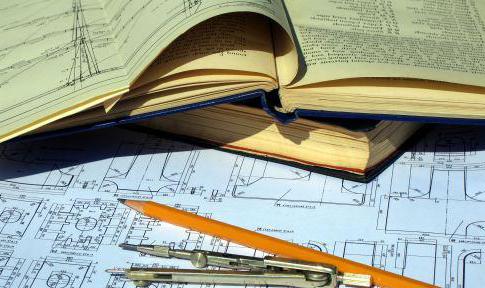
How are technical specifications developed?
GOST 2.114–95 contains the basic requirements for the preparation of a regulatory document. It should be noted that existing requirements should be reviewed at least once a year. This is due to the fact that currently the process of modernization is very active. All material changes must be made to the specifications. GOST is also regularly reviewed and updated. Drawing up normative documentation is a rather laborious process. It requires certain knowledge and experience. Development can be carried out by the enterprise itself. In addition, a variety of companies offer documentation services today. Firms that have existed for a long time are working on technical conditions together with the enterprise. The approval of the project is mandatory. This allows you to timely eliminate all the shortcomings and take into account the wishes of customers. 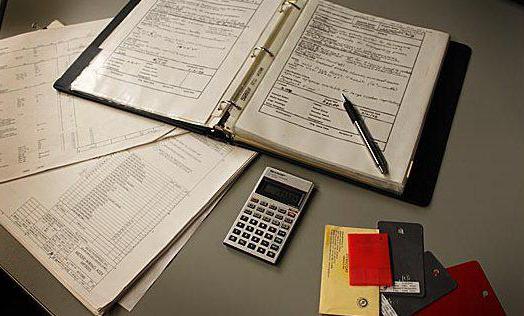
Document Registration
It should be said that this procedure is voluntary. An exception is documentation designed for food products. Registration of technical conditions gives the company a number of undoubted advantages.First of all, the examination of documentation by an independent organization is carried out. This process allows you to evaluate the quality of a normative act. Registration is carried out by Rosstandart. This body will not accept the draft if it is not compiled according to the established rules or contains incomplete or inaccurate data. In addition, unregistered specifications are only a development. In fact, they do not belong to anyone. If the company makes a document in the state register, then it receives the right of ownership to it.
Development Information
The enterprise that makes up the technical conditions must have the following documentation:
- Product description. This refers to the appearance, scope, technical properties. The description may be supplemented by diagrams and drawings.
- Certificates for components and raw materials.
- A description of the process.
- A list of equipment used in the manufacture of products.
- Information on packaging and packaging.

What are the technical requirements for?
For Russian enterprises, technical conditions, together with other design, operational and other documentation, are indispensable for a variety of permits. For example, technical specifications may be needed when obtaining a certificate of conformity or preparing a declaration:
- Customs Union.
- Fire safety.
- GOST.
Technical requirements are needed upon receipt of the expert opinion of Rospotrebnadzor, certificate of state registration (for certain types of products). You will need a document when assessing industrial facility security or devices, seismic resistance calculations, and so on.
Important point
It must be said that at present there are many organizations that are not very responsible for the development of technical documentation. This is primarily due to the lack of an influx of qualified specialists who are knowledgeable and knowledgeable in modern requirements. In this regard, the development of technical specifications often comes down to transferring information from existing and previously developed by other enterprises regulatory documents without any changes in the content. Only details are corrected - data is entered about the company that will use these technical conditions in its activities. Undoubtedly, this approach can lead to rather serious negative consequences. So, for example, if this "template" was previously registered, then the rights to it belong to its developers. Any unauthorized use of materials that is not consistent with it is against the law. If the dispute goes to court, the developer will oblige the user to make royalties or compensate for the damage. 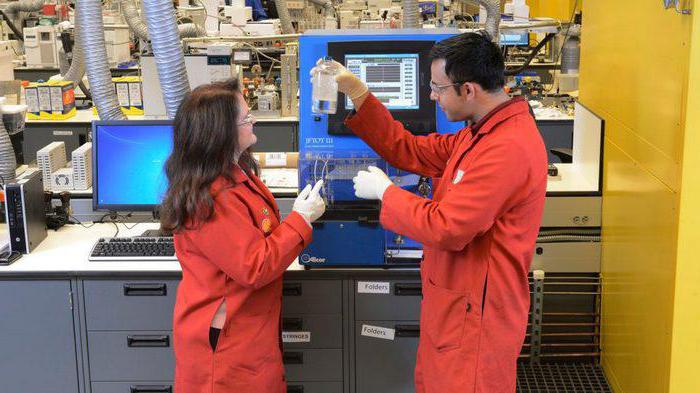
Conclusion
Technical conditions - one of the most important local documents of the enterprise. It sets the standards that employees follow every day during each production operation. This allows the manager to ensure constant quality control of products and safety at the enterprise. A separate document can be developed for each area of production. All employees of the enterprise or its specific unit, which will meet the established requirements, should be familiarized with them under signature. Local documents may establish liability for violation of the rules. Usually it is prescribed in job descriptions, employment contracts, regulations. When developing technical conditions, it is necessary to be guided by the current legislation and GOST. The company has the right to voluntarily register documentation. In this case, the technical conditions will be independently evaluated by the competent state authorities.








